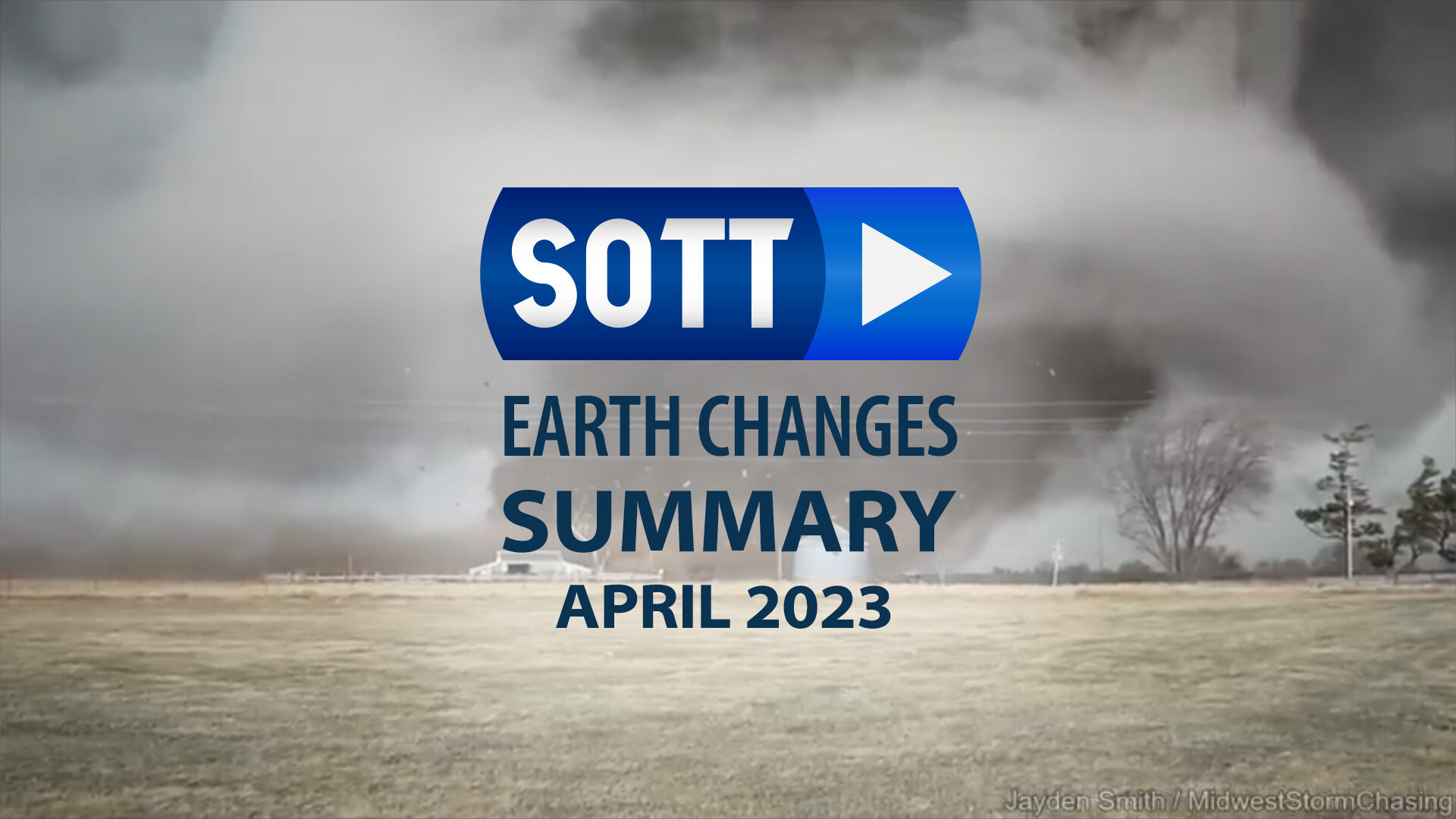In addition, there is data suggesting a 60% chance of a transition to El Niño in May-July 2023, and that it could trigger a new spike in global temperatures. So, if things get warmer in some parts of the world and the media and "climate authorities" blame it on global warming, pay no attention to them. It's El Niño.
We would like to remind our readers that the global climate is primarily controlled by solar activity, not by human activity or man-made C02. The same applies, of course, to phenomena such as El Niño and La Niña:
It is not out of the question that there are physical links between energetic solar eruptions and El Niños. Whether these lines of reasoning turn out correct or spurious is of no import regarding the practical results of this investigation. They leave little doubt that solar activity and ENSO events are closely connected to such a degree that long-range forecasts beyond the 12-month lead time are now possible. The consequences of these results for the hypothesis of anthropogenic climate change are far-reaching. As stated in the beginning, ENSO events are the strongest source of variability in the global climate system and explain most of the global temperature anomalies. Our result that solar activity regulates these powerful climate phenomena shows clearly that the impact of the sun's variability has been underestimated in a way that reverses the proportions. Recent research published by H. Svensmark and N. Calder corroborate this statement. Actually, solar activity turns out to be the dominant factor in climate change. IPCC scientists can no longer uphold their contention that "solar variability over the next 50 years will not induce a prolonged forcing significant in comparison with the effect of increasing carbon dioxide concentrations."It is worth noting that we had 2 X-class solar flares on April 19 and April 20.
Now, the total temperature, measured from the surface to the higher layers of the atmosphere, continues to decrease in accordance with the solar minimum. Always remember that we cannot trust the official data as it has been largely manipulated:
"From February 2016 to February 2018, "global average temperatures dropped by 0.56 degrees Celsius." That, he notes, is the biggest two-year drop in the past century."
Doctored data, not real temperatures, set 'global warming' record: "In 2007, a blogger named Steve McIntyre asked NASA why they had taken raw temperature data and made past temperatures lower and recent temperatures higher. NASA was actually forced to admit they were lying and rename 1934 as the hottest year. They are doing this globally as well."
There was the study published in the American Meteorological Society's Journal of Climate showing that climate models exaggerate global warming from CO2 emissions by as much as 45%. It was ignored.
A study in the journal Nature Geoscience found that climate models were faulty, and that, as one of the authors put it, "We haven't seen that rapid acceleration in warming after 2000 that we see in the models."
Findings from the University of Alabama-Huntsville showed that the Earth's atmosphere appears to be less sensitive to changing CO2 levels than previously assumed.And how about the fact that polar bears populations are increasing?
All this data manipulation makes sense, as they need to justify the push for nonsensical Net-Zero and green policies that would fuel fear profiteering and means of control like 15-minute cities and climate lockdowns. Or at least that's their agenda, but it's looking more and more like they're shooting themselves in the foot; just ask Germany, which has no efficient nuclear power plants and has to rely on coal plants and expensive imported electricity from France.
Without further ado, here are the record snow events for April in the US:
- Snowbird Resort, and Solitude Mountain Resort, Utah: All-time record - 809 inches of snow.
- Casper, Wyoming: 40-year snowfall record - 26 inches of snow.
- Wisconsin: 22 inches of snow.
- Central Colorado: 6 inches of snow after weeks of unusually low temperatures.
- The Alps: 40 inches of snow in 5 days.
- South-west China: All-time record for April with 9 inches of snow.
- Balkans - 15.7 inches and record-breaking low temperatures for April.
- Romania - Unseasonable snow and low temperatures with wind gusts of 75 to 85 km/h.
- Reykjavík, Iceland: Rare "spring snowfall".
- Taif, and Al Baha, Saudi Arabia - Unseasonable snow.
Or watch on Odysee.
To understand what's going on, check out our book explaining how all these events are part of a natural climate shift, and why it is taking place now: Earth Changes and the Human-Cosmic Connection
Check out previous installments in this series - now translated into multiple languages - and more videos from SOTT Media here, here, or here.




Reader Comments
.
"A reminder: we are governed, our minds are molded, our tastes are formed, our ideas suggested by largely by men we have never heard of. That timeless quote is from Edward Bernays and such programming is called perception management..."
BK